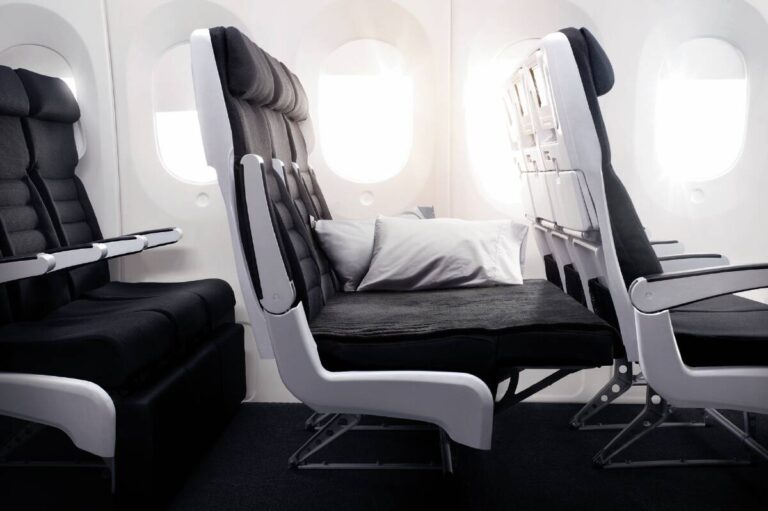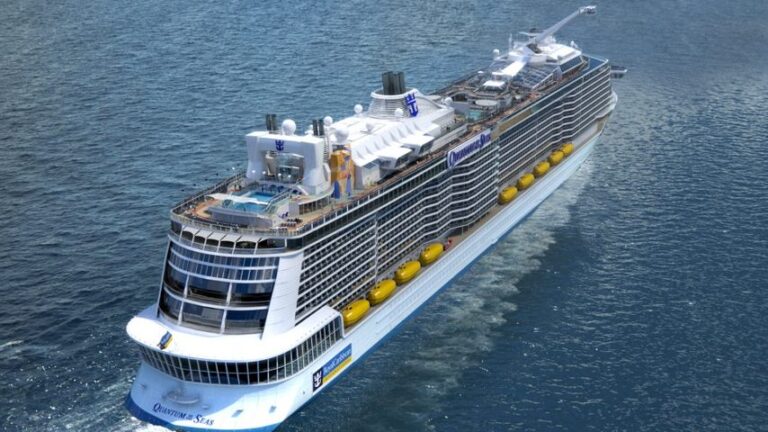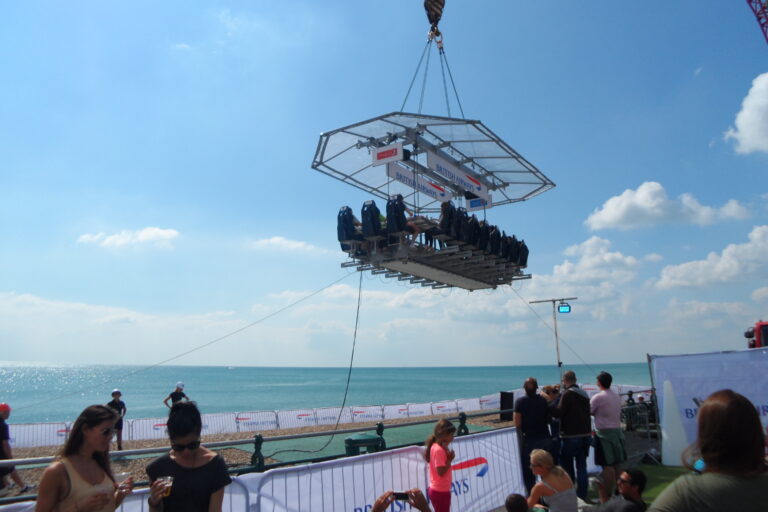Airline Meals: What’s all the fuss about?
Over the past few years I’ve been fortunate enough to travel on a fairly regular basis to a variety of long-haul destinations, which has meant eating plenty of airline food. If I am being perfectly honest; I actually don’t mind it. I know it’s rare to come across someone who actually looks forward to eating an airline meal, but there are quite a few individuals like me out there. I even take photos!
Recently I’ve noticed an increase in the number of people taking to social media to complain about their in-flight culinary experience; saying that it was boring, tasteless or just “the same as last time”. I admit that it’s not always a great experience and I’d be jumping for joy if airlines would finally stop trying to recreate the elusive Afternoon Tea; but a lot of work does go into bringing food to your seat in the sky – even if you don’t think about it!
You may think that being able to enjoy a meal at 37,000 feet is simple, but actually it’s the complete opposite.
Due to the pressurised environment on an aircraft, there is a distinct lack of moisture which is one of the reasons why our tastebuds change; so even simple things like a raspberry may taste quite sharp.
Regardless of where you are sitting on the aircraft, a lot of work goes into the development, production and implementation of the meals you’ll enjoy in the sky; as I recently found out during a catering tour with Delta and a foodie event with Virgin Atlantic.

I’ll admit that chicken or beef are typically some of the main meal options you’ll find on-board, but it’s simply because they are the easiest ingredient to work with, which still tastes pretty good when cruising along the highways in the sky. Fish can also be a popular choice; however it’s a pretty difficult ingredient to work with and doesn’t really like to be re-heated in those infamous ovens on board.
Herbs, spices and natural seasonings are used to enhance the flavour of airline food, but the thing is – you’ll rarely notice the difference when enjoying the same meal on the ground, which is exactly what I did. Although I was sitting in a cabin mock-up at Virgin Atlantic’s training facility in Crawley; I didn’t seem to notice any distinct differences in the flavour of the dish.

More-so, airline’s do change their menus regularly; albeit the time frame does vary depending on whether you are flying in Economy or Business Class. Typically, the menu’s will be cycled at least twice a year and the airlines work with their catering supplier to use ingredients appropriate to the season and it can even go further than that. In the UK, Virgin Atlantic were the first airline to join the Sustainable Restaurant Association and have since implemented a number of goals and practices to ensure the majority, if not 100% of the ingredients they use in their meals and the processes they follow meet strict sustainability standards. I personally think this is a great initiative, and it has since been adopted in some way or another by other airlines around the world.
So that’s a bit about the food aspect, but then there’s the very small issue of getting the meals to the correct aircraft which is flying to that particular destination at the specific time of day at the appropriate airport too! It’s by no means an easy task, and sometimes simply getting the meals from the caterer to the correct aircraft can turn into a logistical nightmare.
Think of it this way; meals are stored in trolleys which have been chilled at the caterer, and are then transported in refrigerated vehicles to the airport, loaded onto the aircraft and stowed in pre-defined areas of the galley, so they crew know where they are. The latter is incredibly important in regards to the equal weight distribution of the aircraft, and ensuring that the correct meals are stowed in the appropriate areas of the aircraft. There is no point storing Economy meals within the First Class galley, is there? 😉
Once the meals are loaded on the aircraft, the cabin crew then must ensure everything has been loaded and follow company procedures should some meals be missing, or the ratio of chicken:beef meals loaded in Economy is completely wrong. We know it happens, but it’s not always the airlines fault. Secondly, should there be any sort of delay, food can only be kept for a short amount of time and must be discarded if it exceeds this, even by a second. This makes complete sense, but unfortunately not everyone would see it this way if their flight was delayed for 3 hours and 15 minutes due to air traffic control issues, and they needed to wait another 30 minutes for a new batch of meals to arrive.
In recent years, some airlines have come under fire for removing some food and beverage offerings as a direct result of trying to reduce their cost base. The good news is the majority of these carriers have realised this probably wasn’t the right action to take, therefore staples such as a little snack with the first drink in the Economy cabin has returned.

A selection of airlines have also partnered with nationally and internationally acclaimed chefs, whom sit on the culinary board and have an input in the design and implementation of menti offerings. Typically this used to only be a selling point for passengers flying towards the front of the plane, but now these chefs may have an influence on the menu offerings throughout. British chef Lorraine Pascale has created a selection of delicious and healthy meal options for children on board Virgin Atlantic, whilst Upper Class passengers can also opt from a selection of dishes created exclusively for them.
Brand partnerships are now also very important and do actually follow through to whether someone may be tempted to fly with a certain carrier or not. Whether it’s from the brand of Wine or Champagne served on board, to the amenities you’ll receive or even the type of food you’ll eat on board; it really does make a difference.
It really is amazing how much effort goes into ensuring every passenger has something to eat on board, and I haven’t even got into writing about special meals or the new craze of pre-ordering in advance. Food and the airline industry really has come a long way, and I am sure it is going to continue.




I have to to disagree with one of your concluding comments. Based of 5 out of the last 6 long hauls I’ve taken with British Airways on London – India routes. Many airlines put virtually no effort into ensuring all their passengers are fed.
5x British Airways 8+ hr flights have “run out” of food and “company policy” prevents them from serving premium economy passengers from the business or economy galleys. They literally don’t care and would rather have hungry passengers than deliver the service they’ve sold. A shame BA used to be a decent full service carrier but seem to have simply cut too deep in their cost base over 2014-16.
Hi John. Thanks for your comment. I’m sorry to hear that on five of your recent long-haul flights on British Airways that food “ran out” in Premium Economy. In my article, I was focusing more on the general logistics of getting meals onto an aircraft and the ground-work that goes into development etc. I really do find it surprising on your remark that “company policy” prevents from meals from the other galleys being offered to passengers if food in their respective cabin has run out, that is not good to read at all. I know that BA did invest a considerable amount into their catering operation last year to try and enhance the proposition and ensure the loading of provisions was correct. I can only hope that you do not have a similar experience again.
I now fly anyone but BA in and out of India; Mr Branson and even Air India provision adequately, and it must be said I haven’t had the same experience with BA in / out Hong Kong or NYC Nevertheless 5x fails suggests they don’t care / want the business or think they can get away with it on some routes